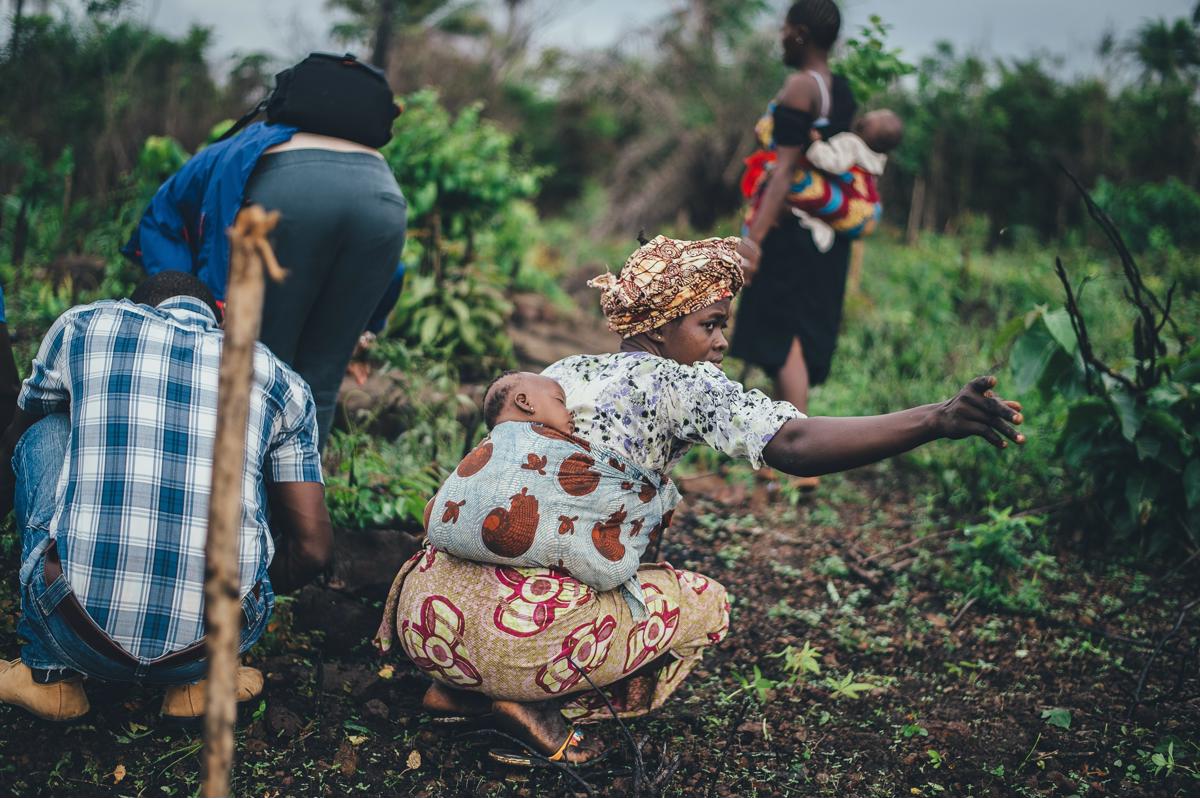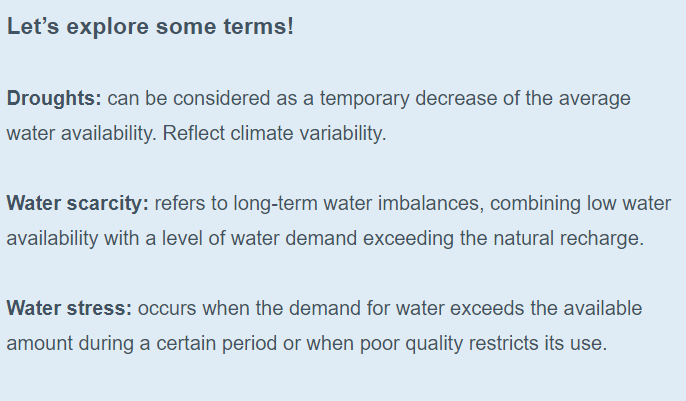How are you planning for the next drought?
New blog from DHI

Expert interview with Michael Butts
Finding answers to environmental concerns, such as water scarcity and droughts issues is a complex task. We posed five questions to our drought expert, Michael Butts.
Follow him as he walks us through this vital topic.
- What are the causes of drought? And is there a link between climate change and drought?
Droughts are related to our climate. Or rather, they are extreme variations from normal climate conditions. They are periods of abnormally dry weather that are sufficiently long for the lack of water to become a serious problem. For example, Bolivia suffered a major drought in 2016, reputed to be the worst in the last 25 years. A national state of emergency had to be declared to manage the water shortages. In Sri Lanka, persistent drought conditions in 2016 and early 2017 led to widespread crop failures, particularly rice paddies. In the same year, serious droughts were also reported in Cambodia, China, Haiti, Kenya, Lesotho, Madagascar, Marshall Islands, Micronesia, Paraguay, South Sudan, Swaziland and Timor-Leste. So droughts, like floods, reflect natural but dramatic climate variability and lead to temporary, albeit over many months, reductions in water availability. What climate change science is telling us is that our own activities are affecting our planet’s climate and weather. Work presented by the IPCC concludes that climate change will likely lead to global increases in extreme weather along with heightened risks to livelihoods, human health, and infrastructure, both today and in the future.

- What are the consequences of drought?
As we saw in the case of Bolivia and Sri Lanka, the most common consequences of drought are shortages of water and in many cases the resulting shortages of food. The severity of these impacts depends on not only the severity of the drought itself but also on our ability to cope or vulnerability. Another important factor that affects our vulnerability to water shortages is the increasing demand for freshwater, for drinking, for washing, for agriculture and for industry. This is driven in part by population growth, which again increases the vulnerability of developing countries.
"Recent figures indicate that, globally, the use of freshwater is growing at roughly twice the rate of population growth. This may be an even more pressing problem than climate change, affecting both the developed and developing world."
We speak of water scarcity where we have a long-term imbalance because the level of demands for freshwater exceed the natural replenishment. The high demands for water for agricultural production and periods of minimal precipitation have led to water crises in California, Australia and elsewhere.
- What is the most important thing for organisations, utilities or authorities dealing with drought?
We cannot stop droughts or the rain or, as King Canute – the Viking King of England – demonstrated, the tides. Our only option is to find ways to cope and adapt. We can cope with water shortages in a variety of ways. We can find new sources of water; from groundwater, by increasing storage capacity in reservoirs, transferring water from one river basin to another or even, despite the cost and energy required, desalinate seawater. Alternatively, we can be more efficient in the ways we use water, by water recycling, changing crops and cropping patterns, more efficient irrigation, or by metering and pricing to encourage water conservation.
"We may need to provide political or economic support or make changes to the local, national or intranational institutions responsible for water governance."
The most important thing is to bring together the right information to make the most appropriate decisions. Especially drought planning decisions on how to manage and use water resources so that the risk of droughts leading to water shortages are reduced or even eliminated.
- How can we forecast the next drought? (Or: What is drought planning?)
In many areas, if we look at history and climate data we can be sure that droughts will happen at some point. However, forecasting exactly when is more difficult. We have all experienced how difficult it seems to be to forecast the weather reliably just a few days into the future. Water managers and hydrologists have a distinct advantage that by knowing the water stored in mountain snow packs, in reservoirs or the groundwater and understanding how demands for water change, we can forecast the availability of water, even if a drought should occur.
"By carefully monitoring satellite-derived soil water deficits, we can estimate how supply and demand are evolving, provide an early warning of developing drought conditions and plan adaptation measures during the early stages of the drought."
Preparing for the drought or drought planning is the most reliable way of avoiding the most critical effects of drought such as shortages of food and water. Decision-makers within farming, municipal water supply, hydropower producers, industry, tourism, environmental agencies, local and national government can then use these drought plans to protect themselves.
- How can developing countries get access to information and technology in managing drought?
Fortunately, we can draw from a broad range of technologies for managing and adapting to water scarcity, droughts and water shortages. And they can be applied to find robust solutions to current challenges or in a future of increasing demands and climate change. The choices are as diverse as satellite monitoring and seasonal forecasting for drought early warning, water licensing and permitting, surface water reservoirs, groundwater prospecting, reducing pipe leakage or increasing irrigation efficiency. Collaboration among authorities at the regional, national and local levels is often needed to develop equitable and sustainable solutions.
"Decision Support Systems can be used both as a common knowledge platform and as operational tool to integrate information about climate and water data, socio-economic variables, management scenarios and climate change impacts to inform decision-making."
It is not possible for me to cover all these technologies here. For practitioners, I can suggest as a starting point, the recently published guide to adaptation technologies, covering both too much and too little water.
Examples of decision support system and tools for drought planning and monitoring can be found through:
European Drought Observatory: http://edo.jrc.ec.europa.eu/edov2/php/index.php?id=1000
Floods & Drought Portal: http://www.flooddroughtmonitor.com/home and http://www.bom.gov.au/water/ssf/
Seasonal Streamflow Forecasts – Australia: http://www.bom.gov.au/water/ssf/
Nile Basin DSS: http://nbdss.nilebasin.org/support/solutions/articles/4000039715-what-is-the-nile-basin-dss- and https://www.dhigroup.com/global/references/emea/overview/equitably-sharing-the-nile-river
You might also be interested in:
Free webinars
Join the free webinars from the International Water Association (IWA) and learn more in your own pace and time. They are all available for you now – just a click away!
- Drought early warning and assessment, experiences from Africa
- Drought management today – cases from Asia
- Use of satellite data for drought and flood management (Technical presentation)
Free guide
Get the practitioner’s guide on how to consider climate change when dealing with existing challenges in water resources management. Free download here.
Case story
Management of the water resources of the Nile is a transboundary issue that requires collaboration between the riparian countries. How do you share the Nile River? Read case story here.
This blog was first published by DHI. The original blog is available here.
